Chronicling The Virtuosity And Struggles Of 1970s Soul And Funk Musicians
9/6/2018 by Maurice Berger (nytimes.com / Lens)
Bruce W. Talamon photographed some of music’s brightest stars for a decade. He considers himself “a visual caretaker of black folks’ history.”
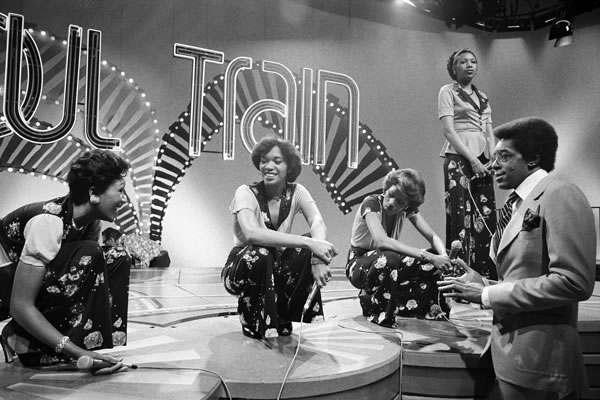
The Pointer Sisters on “Soul Train” in 1975. Photograph: Bruce Talamon
The photograph is as unusual as it is illuminating: a close-up of the bassist Louis Johnson’s cut and blistered thumb after playing a concert. Taken in 1977 at Funk Fest in Los Angeles by Bruce W. Talamon, the image reminds us that there is more to the music business than glamour. It was a world driven by hard work, sacrifice and relentless ambition – one that Mr. Talamon came to know well as one of the pre-eminent chroniclers of R&B, soul and funk musicians in the 1970s.
Mr. Talamon’s pictures are distinguished by their intimacy, as the image of Mr. Johnson’s injured finger suggests, offering a view into the hidden moments of a music scene that had been largely understood through promotional photos and visual clichés. The trust he earned from his famous subjects afforded him extensive access, allowing him to document moments often unavailable to other photographers and reporters.
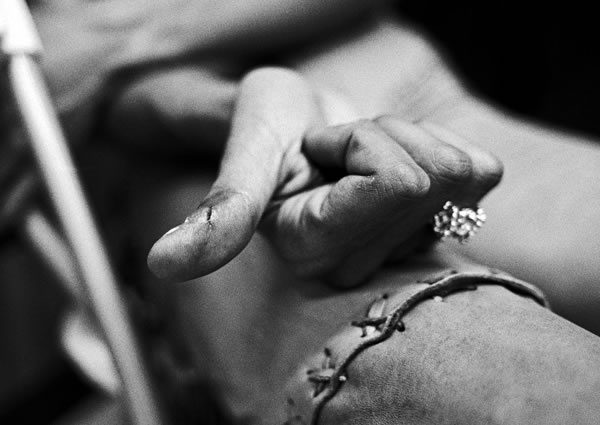
Louis Johnson’s blistered thumb after performing at the P-Funk Earth Tour. Los Angeles Coliseum, 1977. Photograph: Bruce Talamon
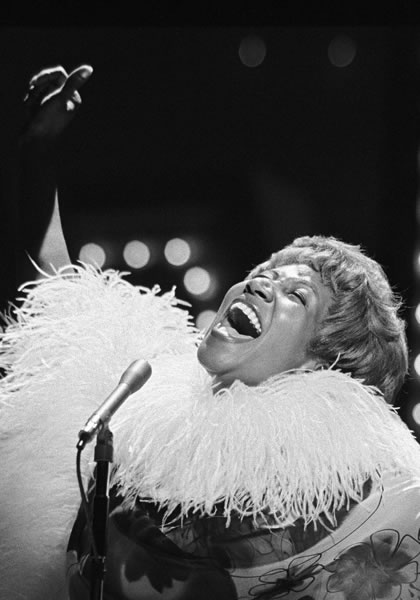
Aretha Franklin at the ABC Television Center during the Muhammad Ali Variety Special, in 1975. Photograph: Bruce Talamon
“Man, I got more private concerts than the law allowed,” Mr. Talamon said in a profile in The Guardian this summer. “People like Marvin Gaye would say, ‘Listen to this,’ and they’d play something hip. I’d be in the room when they were trying something out, working on some idea.”
His photographs from that heady period are the subject of a new book, “Bruce W. Talamon: Soul, R&B, Funk” (Taschen), edited by Reuel Golden with a foreword by the photographer, a chronology of his life and an interview with Mr. Talamon by the playwright Pearl Cleage.
The images depict musicians onstage and off, in performance, greeting fans, in quiet reflective moments and living their lives: an exhausted Al Green, slumped against the door of his dressing room after a grueling performance; Aretha Franklin, her hand thrust gracefully into the air, white feathers cradling her radiant face, singing on a television special; Bootsy Collins, in typically outrageous costume, performing at the Forum in Inglewood, Calif.; Stevie Wonder having a late night at Roscoe’s House of Chicken ‘n Waffles in Hollywood; and Patti LaBelle, relaxing in a sleek conference room at CBS Records after a long day of interviews.
Mr. Talamon, who majored in political science at Whittier College and intended to become a lawyer, began photographing musicians in 1971 on a whim and with no formal training. A chance encounter with Howard L. Bingham, the respected photographer and biographer of Muhammad Ali, led to a life-changing mentorship and an introduction to the publication that launched his career: Soul, a pioneering black-owned newspaper published in Los Angeles from 1966 to 1982.
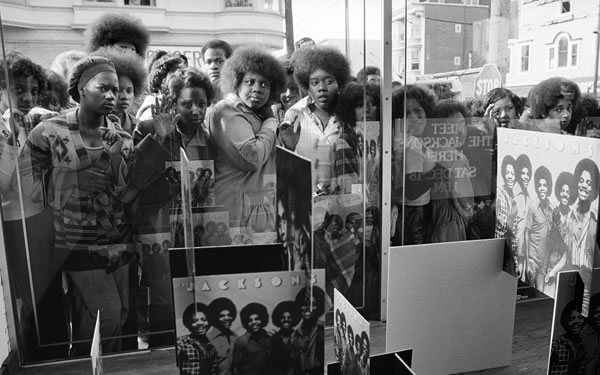
JAX Music in the Haight-Ashbury neighborhood of San Francisco, 1976. Photograph: Bruce Talamon
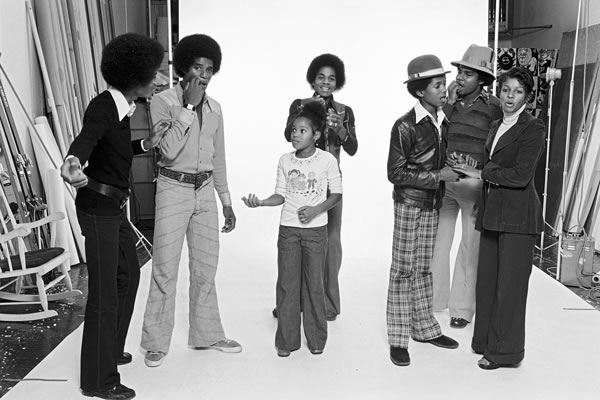
The Jacksons. Los Angeles, 1976. Photograph: Bruce Talamon
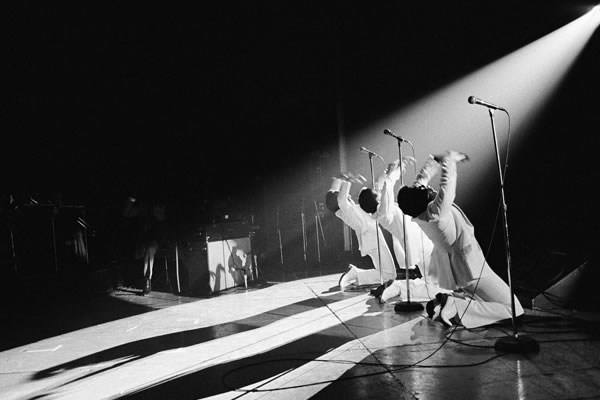
The O’Jays at the Forum in Inglewood, Calif. June 1977. Photograph: Bruce Talamon
Founded by Regina and Ken Jones, Soul published interviews, articles and photographs about black entertainers. By 1972, Ms. Jones had become editor in chief, overseeing all aspects of the biweekly paper’s production, which included the hiring of young writers and photographers like Mr. Talamon. His intimate and humanistic images typified Soul’s sensibility, an important outlet for black artistic expression during a period when the mainstream media was not always paying attention.
In a 2012 interview conducted by U.C.L.A.’s Center for Oral History Research, Ms. Jones recounted how at the time of Soul’s founding, there were no black publicists working for record companies. “When we first started, most of the time they didn’t even have a photograph of the artist,” she said, adding, “They were selling the sound. There were no bios at the beginning.”
“We were having to get photos, create bios to match the records that were hits that were going on,” she continued.
Ultimately, the magazine’s linking of sound to image and biography transformed coverage of African-American musicians. Mr. Talamon’s work for Soul, which he says gave him confidence and a platform to hone his craft, made an important contribution to its visual ethos, providing readers with a vivid window into the lives of people they respected and idolized. His well-regarded work for the magazine led to other projects and commissions, including assignments from individual artists and record companies.
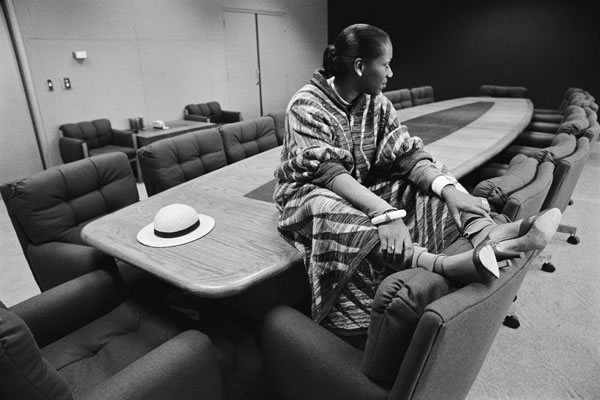
Patti LaBelle in a CBS Records conference room in Century City, Calif. 1977. Photograph: Bruce Talamon
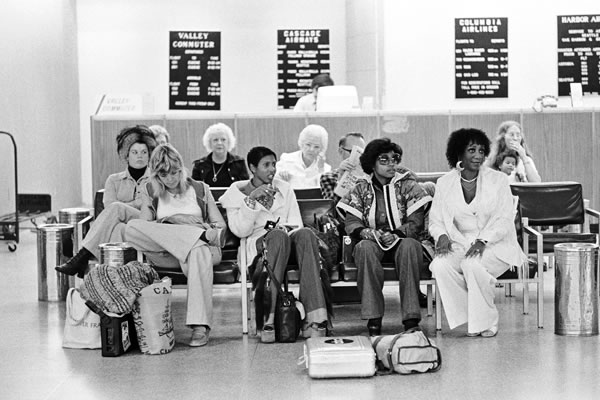
The group Labelle at Oakland International Airport in California. 1975. Photograph: Bruce Talamon
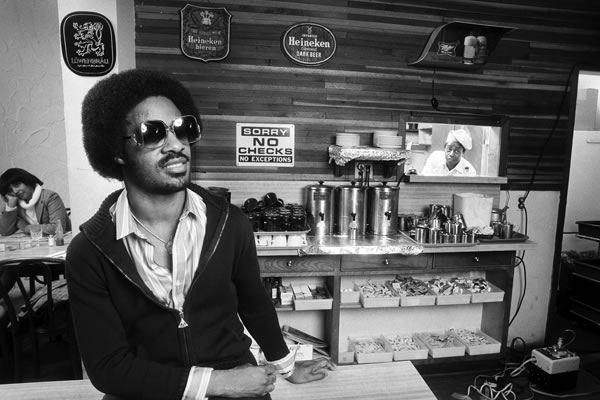
Stevie Wonder in Hollywood. 1977. Photograph: Bruce Talamon
Mr. Talamon, 69, considers himself “a visual caretaker of black folks’ history,” documenting a vital music scene that was important to black Americans and to the nation. In their honesty and gravity, his photographs portray a world of virtuosity and struggle, where political and racial boundaries were transgressed and the direction of American popular music dynamically altered.
“I’ve always thought of my photographs as documents that went beyond screaming into a microphone,” Mr. Talamon wrote in his foreword. “My body of work has been about the whole unvarnished process, as opposed to just that portion that publicity machines and record companies want you to see.”
In the 1980s, as the music business changed and record companies started issuing work-for-hire agreements for photographers, Mr. Talamon turned his attention to other pursuits, including stills for John Singleton, Tony Scott, Steven Spielberg and other filmmakers. Yet the extraordinary archive of music imagery he left behind continues to expand our understanding of black entertainers and the significant role they played in popular culture.
“These photographs are a celebration of the music, an aesthetic, a style that’s gone,” Mr. Talamon said. “But for that moment, it was magical. I would like to think that maybe I caught a little bit of that magic and was able to leave a record of what these musicians did and how good they were.”
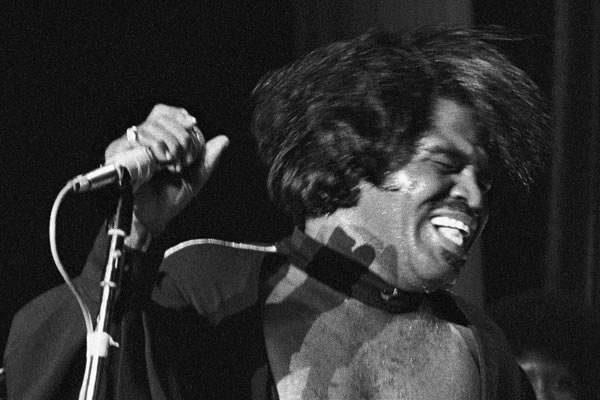
James Brown at the ABC Television Center in Hollywood in 1973. Photograph: Bruce Talamon
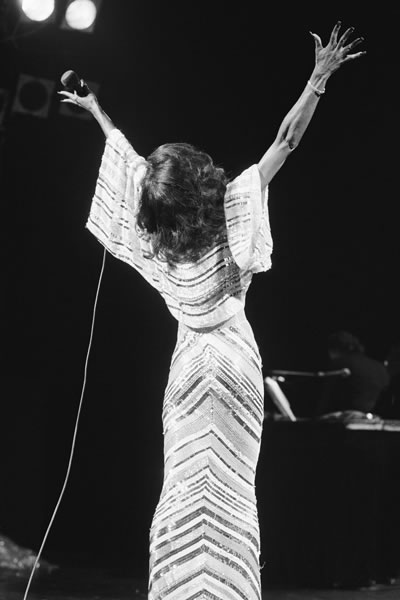
Diana Ross during an encore at the Universal Amphitheater in Los Angeles, 1976. Photograph: Bruce Talamon
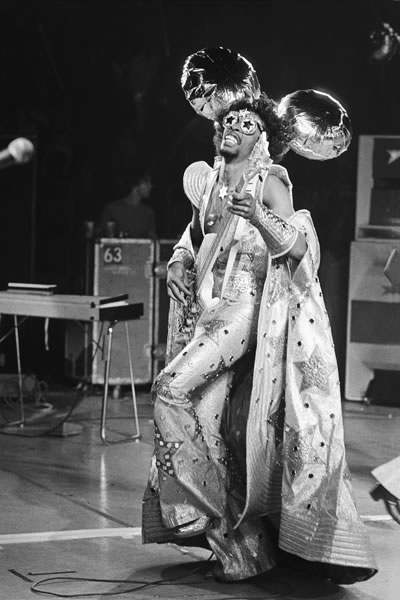
Bootsy’s Rubber Band at the Forum in Inglewood, Calif. 1978. Photograph: Bruce Talamon


